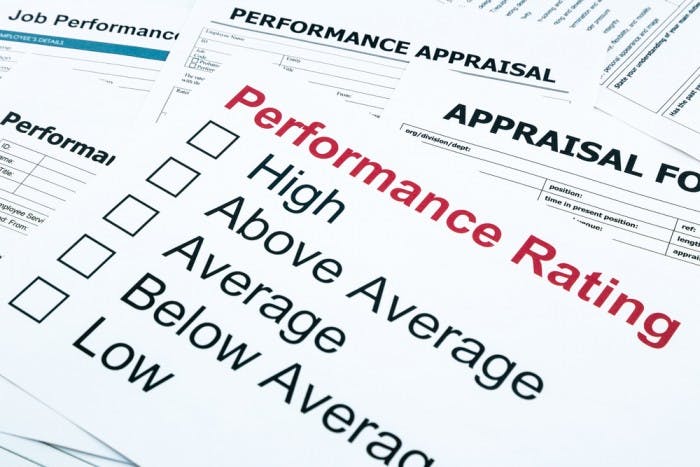Ambitious attitudes, an urge to work in collaborative environments and a need for transparent feedback – all calling cards of the latest generations (Millennials and Gen Zs) joining the workforce.
Nurturing these can-do mentalities is paramount for today’s organizations, and HR professionals across the globe are realizing that annual or bi-annual performance reviews no longer cut it, and are perhaps killing the productivity and development they are supposed to inspire.
According to The Washington Post, companies such as Microsoft, Adobe, Accenture and GE have gone so far as to abandon the annual performance review entirely in favor of a more agile approach to performance management. But is this really the best policy?
Agile over annual
There’s little doubt that there’s a plethora of problems and dissatisfaction with fragmented or siloed performance management practices, including:
- Inconsistent performance standards across the organization.
- A weak connection between employee performance and compensation.
- Managers lack time to properly assess employee performance.
- Most organizations don’t have a clear reason as to why they conduct performance reviews
The most innovative organizations evolve every day, not once a year. So why then, should employees at these very same organizations be evaluated once every 365 days?
An agile performance approach introduces an ongoing and real-time feedback loop that benefits both employees and businesses — managers need timely information to improve business results; employees want timely feedback to foster career growth. In the “always-on” talent economy, modern employees crave learning experiences —in any format, at any place or any time.
Connecting performance with employee development
Agile performance management is a more forward looking approach and helps close the disconnect between performance appraisal and the learning process.
Rather than treating the review as a performance appraisal, an agile review process is more concerned with building capabilities of the individual and offering development goals that directly tie to those of the organization.
Agile performance management separates the appraisal and development discussions, weighing each equally. This is important because even a positive appraisal can get emotional and distract the development conversation, triggering a fight or flight response and obliterating the chance to genuinely dig into feedback and elevate individual performance.
When organizations prioritize continuous feedback, employees are more engaged, leading to elevated performance. To do so:
- Set proper expectations — Ensuring employees know where to focus and how to achieve success enables them to deliver the best results.
- Highlight and document achievements — These can then be used to guide high-quality performance conversations.
- Ensure work aligns to wider goals — By linking new employees’ success to the company’s success, employers help them see their place in the organization, leading to increased performance.
- Be a mentor — Develop employee strengths via a connection with dedicated mentors that demonstrate a commitment to the employee’s acclimation and growth.
Bonus tip: A recent neuroscience study shows that employees respond better when feedback is given about how they work versus who they are. Say, “It seems like you put a lot of effort into your latest project” instead of “You are a hard worker.”
An agile future
Failure to improve performance management threatens the future growth and competitiveness of organizations of any size.
Today’s workforce craves frequent feedback that aligns with company goals and connects their performance to business outcomes. An agile performance management system gives managers a way to document and discuss performance that helps employees grow both individually and within the organization.
For 2016 and beyond, companies should consider replacing the ancient, once a year evaluation that leaves a gaping hole between employee performance and growth with integrated software systems that give them deeper insights into workforce performance and agile performance management applications that promote manager-employee conversations.
